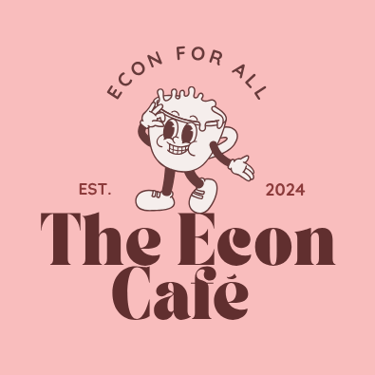The Pink Tax
BLOG


The cost of being a woman and having to buy pink products may seem like all there is, but the pink tax has costed women much more than few extra dollars.
While browsing store shelves the other day, I noticed a surprising difference between two nearly identical razors—one marketed to men, the other to women. Despite offering the same features, the razor targeted at women was noticeably more expensive. At first, I brushed it off as the commonly accepted infamous ‘Pink Tax,’ a term often used to describe the subtle yet significant pricing differences women face in everyday consumer goods (because they are advertised as being the “feminine” version). However, upon researching further, I realised that the ‘Pink Tax’ is not limited to pink-packaged products costing slightly more than their red or blue counterparts- in reality, it's just the tip of the iceberg when it comes to the gender-based price discrimination that remains deeply embedded and widely accepted in society today.
So, what is the pink tax? It’s not an actual tax but a pricing discrepancy based on gendered marketing.
I turned to the 2015 New York City Department of Consumer Affairs Report, ‘From Cradle to Cane: The Cost of Being a Female Consumer’, to better understand this. To get a clearer picture of the matter and “estimate the price differences male and female shoppers face when buying the same types of items”, they conducted a study comparing nearly 800 items with gendered versions—such as toys, clothing, and personal care products. Across the five industries the DCA analysed, the results concluded that Women paid 7% more for toys and accessories, 4% more for children’s clothing, 8% more for adult clothing, 13% more for personal care products and 8% more for senior/home health care products. These differences may seem insignificant, but when looking at the overall financial impact that the study does not include, women end up paying thousands of dollars more than men- significantly increasing their living costs despite purchasing similar products. The wage gap between women and men amplifies this problem as women have to pay a higher proportion of their income- with women spending an average of 64% on essentials, compared to 53% for men.
However, there have been measures taken in an attempt to reduce this. According to another 2015 study, a woman spends over £18000 on period-related products on average in her lifetime. But in 2021, the UK abolished the “Tampon tax”- a VAT in place that categorised period products as a luxury non-essential item rather than what it actually is, which is a necessity- to make products more accessible. In fact, Scotland introduced the Period Product Act, which ensured education providers and local authorities supply them for free and make them easily accessible to those who need them.
So at first glance, the pink tax may seem like a minor annoyance—a few extra cents here, a few dollars there. But over time, and compounded by the gender wage gap, it becomes a sign of the broader economic inequality women face daily. It's not just about razors or shampoo; it's about how society continues to normalise disparities that burden one group over another. Recognising these patterns is the first step toward challenging them. As consumers, becoming aware of these biases allows us to question them, push for transparency, and demand fairer practices.
